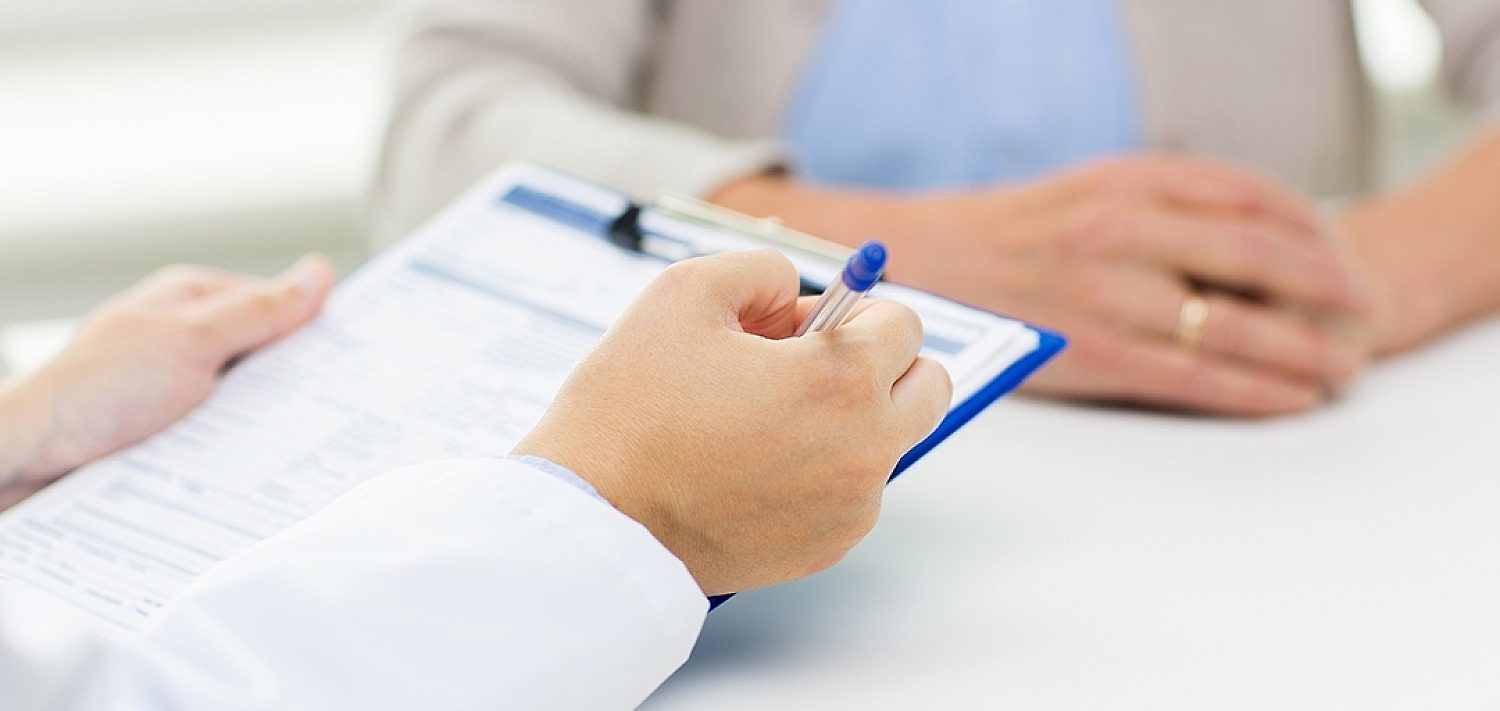Preoperative Assessment
Preparing for your surgery

Parts of your bimaxillary advancement preoperative assessment may be done in your local community while other parts will be completed in our outpatient surgical facility. Preparations for your procedure will likely involve your surgeon, your anesthesiologist, your supporting medical staff, your referring doctor, and your orthodontist.
Your Preoperative Assessment Will Include:
Preoperative Evaluation by Your Surgeon
You will meet with your surgeon to discuss your needs, your concerns, and your expectations. In return, your surgeon will overview the operation, answer any questions you have, and review your medical history. After discussing all aspects of your care, you will be asked to sign informed consent documents.
Preoperative Evaluation by Your Anesthesiologist
A board certified anesthesiologist with special expertise in difficult airway evaluation and management will meet with you to discuss your medical history and anesthesia needs. Using this information, he or she will develop a plan to deliver a safe, appropriate anesthetic during your procedure.
Meeting Your Medical Team
If your procedure is performed in our certified office-based ambulatory surgical facility, you will meet the nurses and other staff members who will care for you throughout your stay. We believe that this gives both our patients and our staff an advantage during and after the procedure.
Computer Imaging and Assessment
We use 3D Cone Beam CT scans and specialized airway and facial skeletal software before, during, and after surgery. These technologies are used to evaluate your craniofacial skeleton, as well as your airway, throughout the process. We will obtain your initial images in consultation with your referring doctor or sleep center or at our own facilities. In conjunction with the results of your sleep studies, we will thoroughly evaluate your scans to accurately diagnose the level of obstruction and determine the desired skeletal movements to maximize your airway improvement. We will then simulate your surgery with computer software and analyze your predicted results. After the precise movements required in your case are defined, we will make virtual, computer-generated surgical guides that will be used in the operating room. This ensures precise, predictable results necessary to optimize your airway and esthetic changes.
Meeting with Your Orthodontist
Some patients require orthodontic treatment to stabilize their bite before surgery.We recommend the inclusion of an orthodontist in most cases in order to idealize the final bite and provide low profile, comfortable appliances for elastic utilization and stabilization. If an underlying bite problem co-exists this is corrected simultaneously with the jaw advancement, with the inclusion of orthodontics.
Ready to Begin?
Contact us to schedule your initial consultation and learn more about our preoperative assessment process.